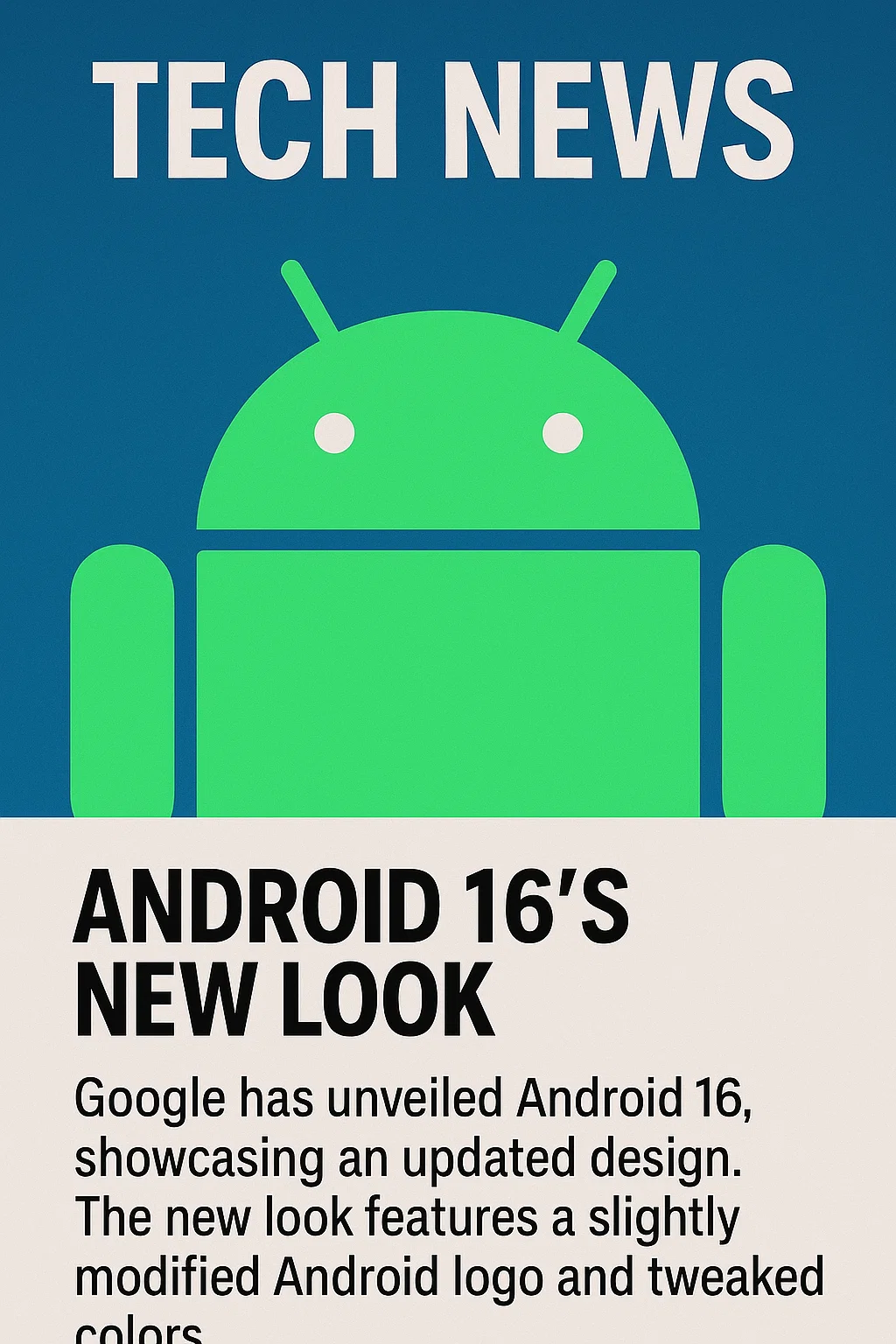
Android 16’s Stunning New Look Won’t Matter for Millions
- Android 16 introduces a bold new design with Material 3 Expressive, featuring dynamic animations, vibrant themes, and revamped system UI elements.
- However, most Android users won’t experience it, as the update is limited to stock Android devices like Google Pixel and select Motorola phones.
Google’s upcoming Android 16 update promises a bold new visual identity, headlined by the Material 3 Expressive design language. While this facelift brings much-needed changes to the core Android experience, most Android users might never see it.
A Long-Overdue Refresh for Android
For years, Android’s visual design has lagged behind the increasingly polished user interfaces of Apple’s iOS and third-party Android skins like Samsung’s OneUI and Xiaomi’s HyperOS. With Android 16, Google is finally taking action.
The Material 3 Expressive update marks a significant evolution, aiming to modernize the Android look and feel. Backed by extensive user research — including feedback from over 18,000 users and eye-tracking studies — this redesign is informed, focused, and user-centric.
Material 3 Expressive Brings New Shapes and Motions
The hallmark of the Material 3 Expressive UI is shape morphing — allowing elements like circles to dynamically transform into squares during animations. Combined with a new spring-based motion system, the result is a smoother, more reactive interface where UI elements move and respond with a sense of life.
These upgrades touch nearly every part of the operating system, from app icons to the settings menu. The transition aims to make Android feel more cohesive and intuitive.
Dynamic Theming Gets Better — and More Colorful
Google’s dynamic theming system also sees improvements. While it will still adapt to your wallpaper, the new version introduces richer color palettes and better contrast. This makes it easier to distinguish key on-screen elements, improving overall usability.
Additionally, app icon customization is making a return, allowing users to select from six distinct shapes — including circles, squares, and more playful forms like the “four-sided cookie.”
Revamped Apps and System Interfaces
Major system apps and interfaces are also getting a visual uplift. The Settings app has been redesigned to improve navigation with colored icons, streamlined headers, and improved layout clarity.
Other updates include a refreshed status bar with cleaner icons and better spacing, as well as a redesigned notification shade. Inspired by iOS and third-party skins, the new layout splits notifications and quick controls for easier interaction.
Even smaller elements like the volume slider are being tweaked to match the new aesthetic, creating a more consistent visual language across the OS.
Also Read: Ripple: BRICS Eyes Cross-Border Payment System – Could XRP Be the Key?
Functional Enhancements: Live Updates and More
Android 16 isn’t just about looks. Functional updates include:
- Live Updates for real-time event tracking
- Stackable widgets for more flexible home screen customization
- Notification summaries for improved focus
- Programmable power key functions
- Lock screen widget support
While these features may not be new to users of iOS or custom Android skins, their addition to stock Android helps close the feature gap and modernize the experience.
The Catch: Most Users Won’t Get It
Here’s the problem — most Android users won’t actually experience these changes.
The Material 3 Expressive design is coming to stock Android, primarily available on Google Pixel devices and select Motorola phones. If you’re using a device from Samsung, Xiaomi, Honor, OnePlus, or Oppo, you’re likely out of luck.
These manufacturers use heavily customized Android skins — like Samsung’s OneUI or OnePlus’ OxygenOS — which replace nearly every visual element of stock Android. As a result, Google’s new design language may be ignored or only partially adopted.
A Fragmented Android Experience
This fragmentation is a longstanding issue in the Android ecosystem. Unlike Apple’s iOS, which delivers updates across all supported devices on the same day, Android updates are slow and inconsistent.
Even high-end phones like the Galaxy S24 often receive updates months later. And even then, the updates may look and behave differently depending on the manufacturer’s skin.
When Will It Launch?
The Material 3 Expressive update won’t be available at Android 16’s initial release in June. Instead, Google has confirmed that it will arrive later this year, beginning with Pixel devices.
For Pixel users, the wait should be worth it. Compared to the more modern look of third-party Android skins, stock Android has started to feel dated — and Material 3 Expressive aims to change that.


